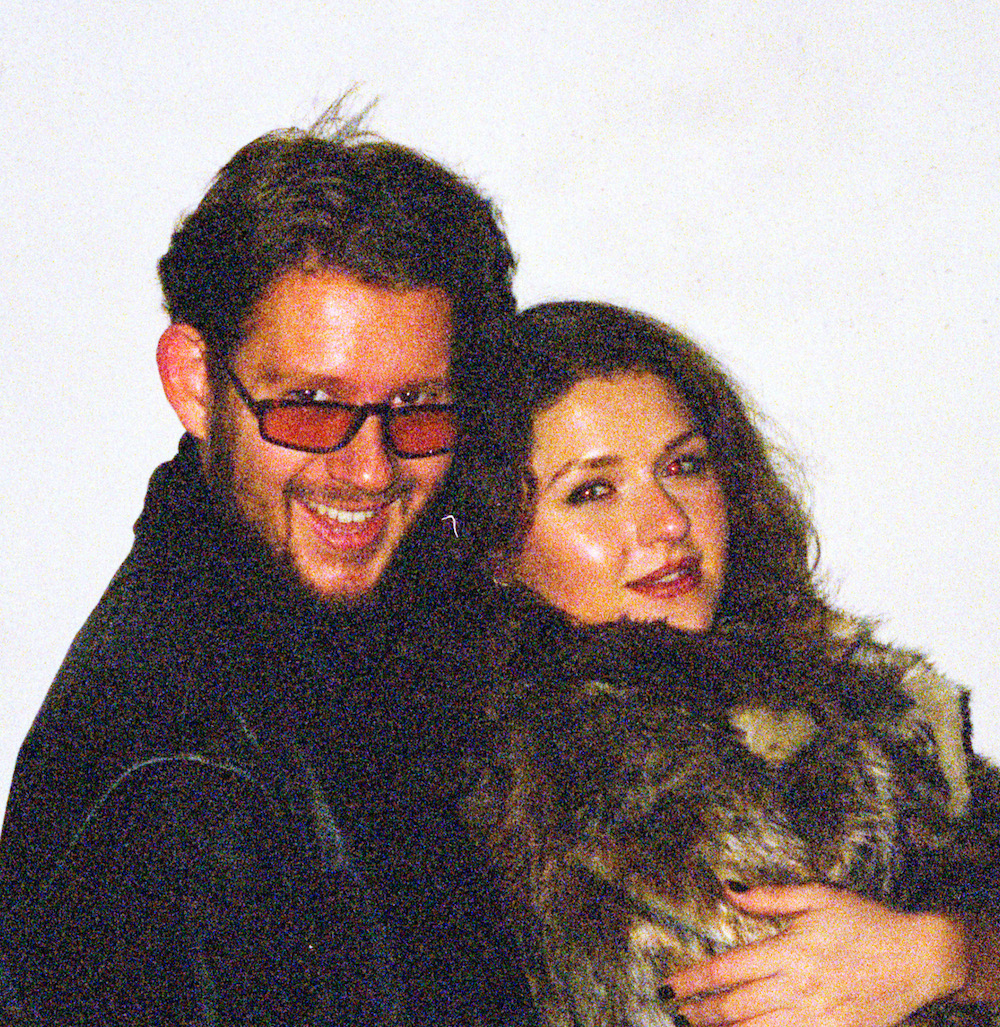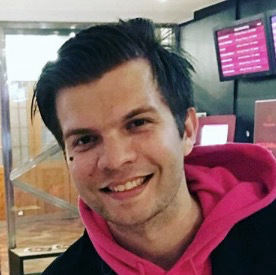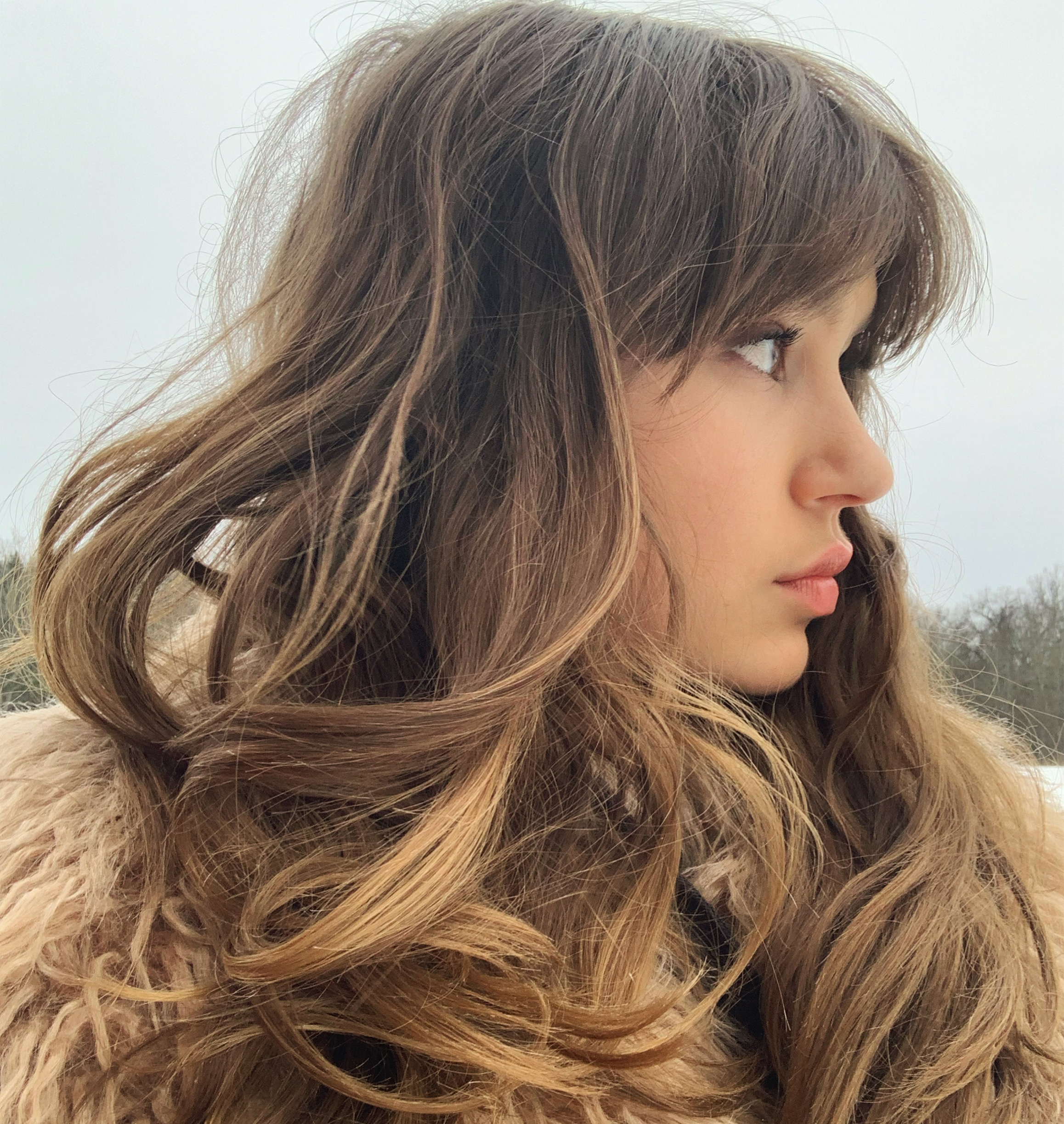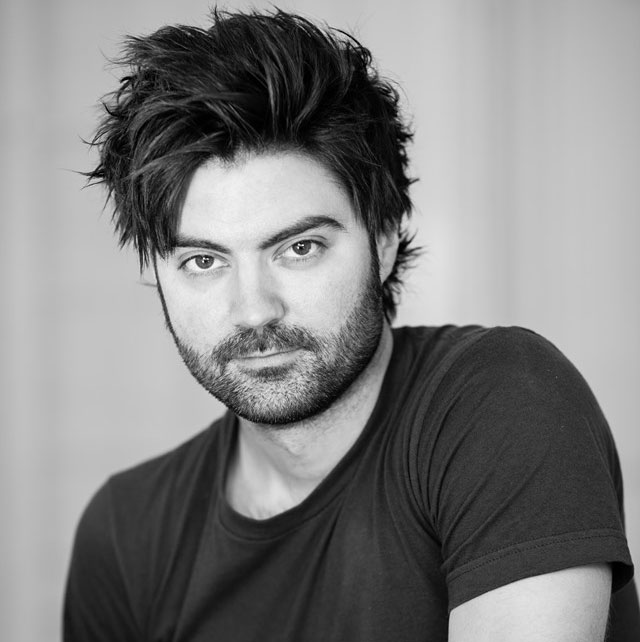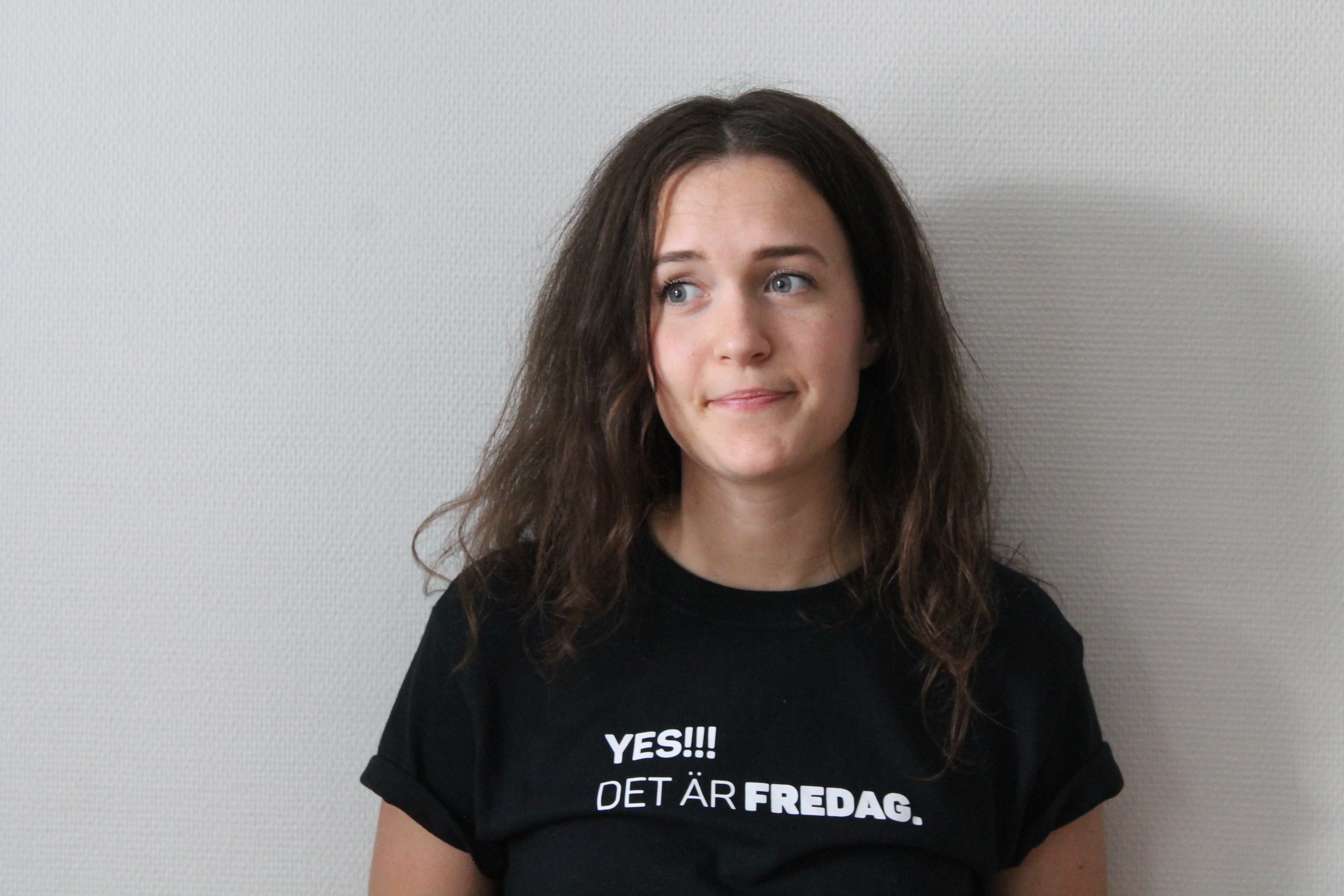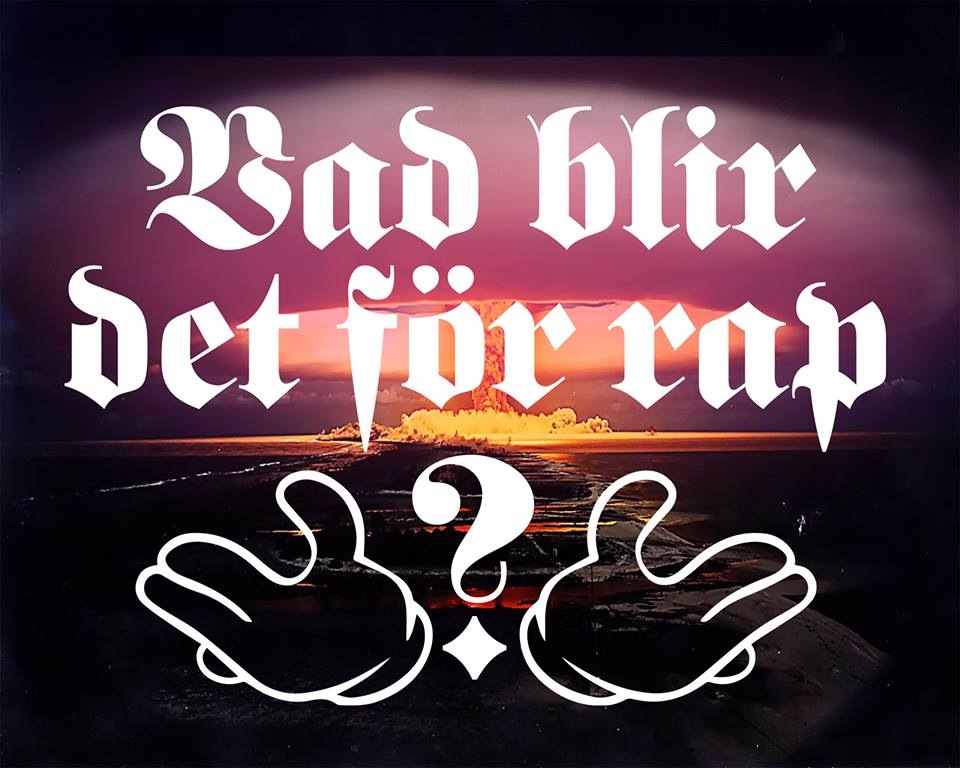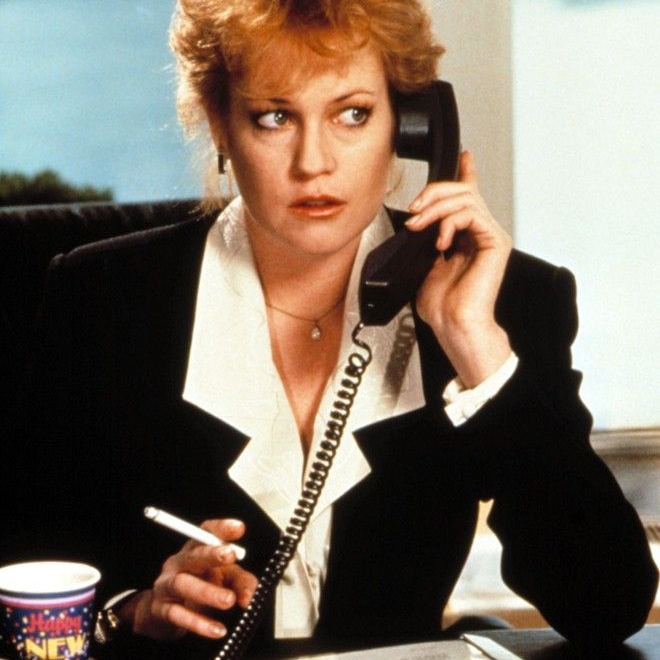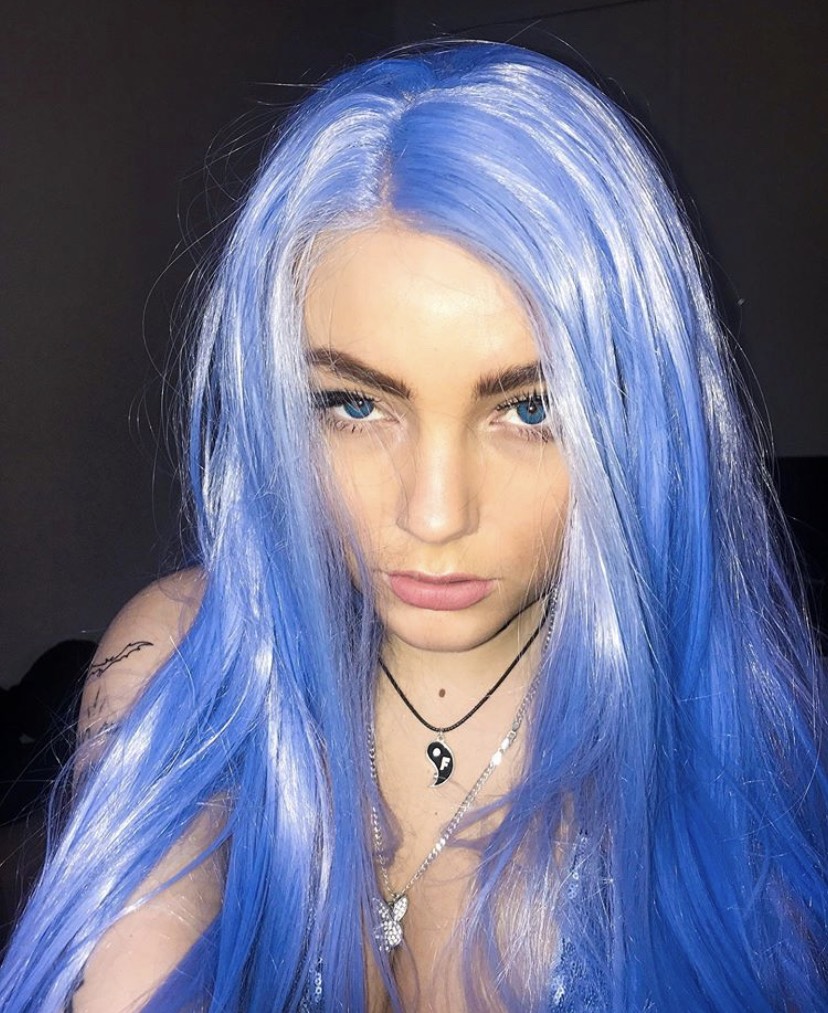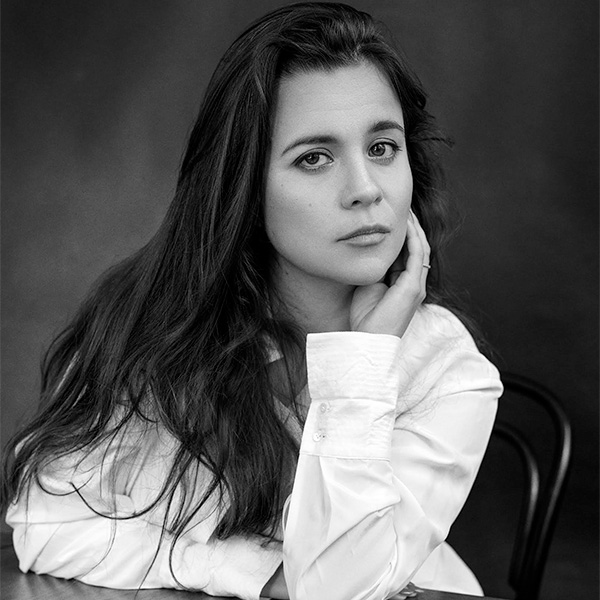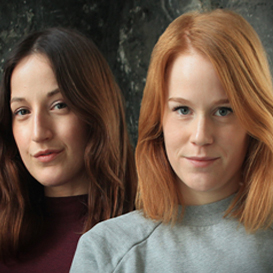
Jag har spenderat ett par veckor med att lyssna på något jag kallar "guilty pleasure-trance". Söt och brutal elektronisk musik. Det skulle kunna vara soundtracket till denna Disney horror film, Escape From Tomorrow (cudos: inspelad på Disney World utan deras vetskap).
SOPHIE - BIPP blev hyped tidigare i år.
Blev till en mode-grej:
och sen grime-mixed <3 av Inkke
A.G. Cook, den som startade upp det nya skivsällskapet PC Music gjorde en mix åt TANK Magazine och passade på att svara på lite frågor.
Fundera lite kring dessa geniala svar medans ni lyssnar mixen!!
SG-A: Besides UK garage and David Guetta, what else influences you?
AGC: Yeah, those are both pretty big references for me! I'm relatively up to date with chart music. I like keeping track of the mega-producers who have been responsible for endless hits over the last decade or two – Max Martin is probably my favourite, I'm usually drawn to his tracks whether they're for Britney Spears, Taylor Swift or Cher Lloyd. Also producers like Jimmy Jam & Terry Lewis who worked on great New Edition and Janet Jackson albums and then gradually evolved their sound to make songs like "U Remind Me" for Usher. I listen to quite a lot of RnB; I really like Cassie – some of her tracks epitomise the minimal, synthetic, almost robotic potential of commercial music, something which can sound crap when it's done badly, but can also become a sort of perfect, untouchable product when done in the right way. I always find any kind of "extreme" pop music interesting. One of my favourite albums is Cupid and Psyche 85 by Scritti Politti, which was a conscious decision to take pop music and make it as shiny and detailed as possible – it's a really beautiful balance of great hooks, rhythms and sounds. There's so much other stuff that has been influential: J-Pop, K-Pop, Nightcore, Ark Music Factory, Hudson Mohawke and Nadsroic, Frank Zappa's Synclavier stuff, Jumpstyle. Recently I've been really into Ukraine's Eurovision 2013 entry, "Gravity" by Zlata Ognevich. It's the same few chords throughout, but they keep moving them around to create different sections – it just feels like it's infinitely escalating, really clever.
SG-A: The complexity of pop music and commercial imagery is often hidden behind a layer of "slickness", whereas in your work there is a deliberate overwhelming complexity that is familiar yet at times difficult to navigate. Is this contrast something you consciously seek?
AGC: What interests me about pop music and commercial imagery in the first place is that it has the potential to be overwhelming, extravagant and banal all at the same time. Not only that, but mixing "high culture" with pop culture has lost its radical edge to the extent that it's more or less mainstream. Challenging something's commercial nature is a commercial tactic in itself, and authenticity is a tricky currency that is often swayed by branding and advertising. I have nothing against this, and many people respond to this kind of stuff in a sophisticated way. Though it means that there is room for a subtler and possibly more compelling way of engaging with these ideas, where shock value and direct irony is replaced with ambiguity and uncanniness. My work's constant use of instantly gratifying elements such as kitsch imagery, catchy hooks, synthetic colours and fun sound effects feels inevitable, it's almost a compulsion rather than a choice. Saying that, I try to be thoughtful as to how and why I'm using these things, and I think my over-the-top use of structure and layout is a result of this. It's also what makes the work feel ambiguous. It's sort of communicating something, but there's all this extra stuff going on. By the time you try to figure out what it's about, you've entered a sort of immersive world of ideas and references. Making it difficult to navigate not only adds to this effect, but it's also a way of giving it the overwhelming, extravagant and banal potential of commercial work. It's a particular style of craftsmanship that I could perhaps afford to ignore if I ever ended up doing large-scale commercial work, but it's definitely a way of making a bigger impact with limited resources, like a virtuoso playing on a simple instrument or an outsider artist obsessively using a tiny object to make an enormous piece. Maybe it gives my work a kind of manic individual quality, despite the fact that it's also basically a slick collage.



